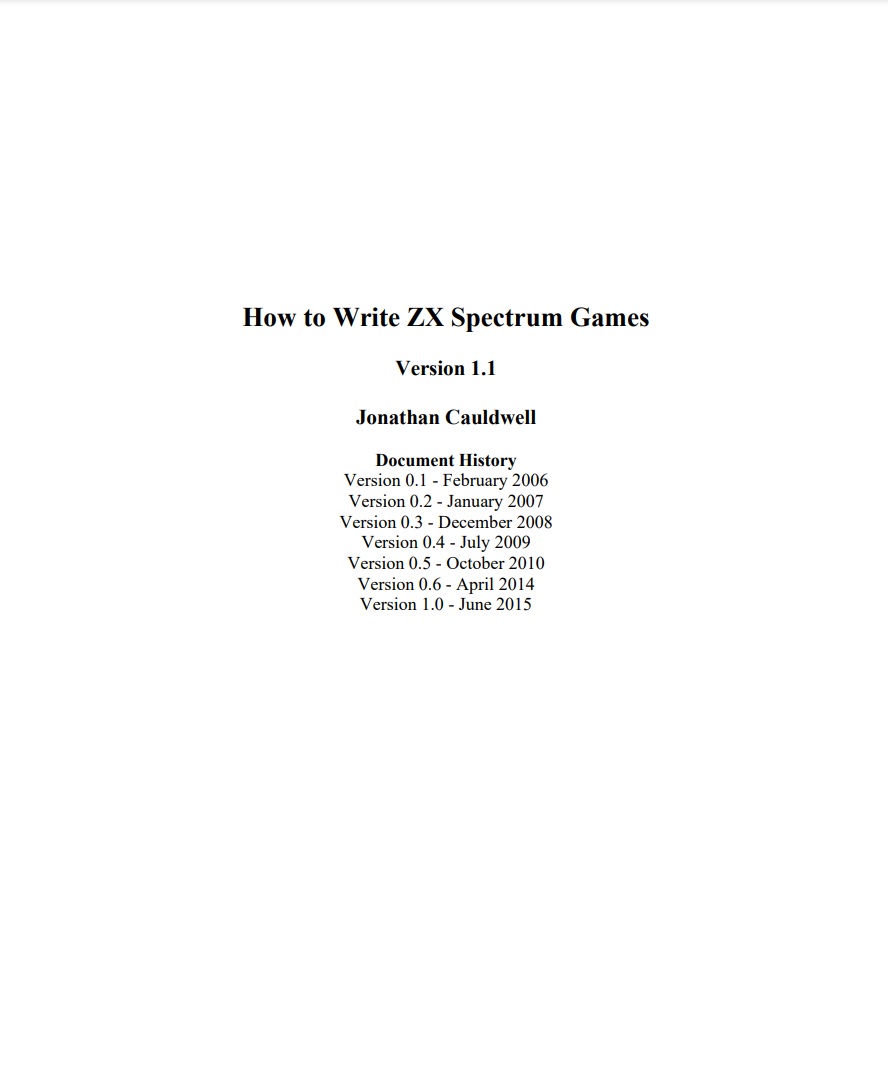
Micro Mart
 1st May 2014
1st May 2014
Categories: Repairing Computers
Author: Shaun Bebbington
Published in Micro Mart #1319
Got a Commodore 64 that's no longer working? Ready to consign it to landfill? Stop! There could be a better way...
Retro: Commodore 64 Reborn?
The Guinness Book of World Records once reckoned that the Commodore 64 was the best-selling personal computer in history (meaning personal computer with the same specification, I assume), stating that some 30 million units were sold worldwide between 1982 and 1993 (figures that I questioned at the time, and still wonder about now). In 2004, a consortium led by the Toy:Lobster company relaunched this popular device in the form of a plug-and-play joystick preloaded with thirty games, called the C64DTV, which was more than just a simple toy, as it could be 'hacked' to turn it into something that would work like a real C64, as its internals allowed a PS/2 keyboard and Commodore serial bus connector to be soldered into it. Not only was it mostly compatible with the original machine, it had other Easter eggs to find, such as more colours and (on later versions) a 'burst mode'.
Unfortunately, the DTV only made it to version 3, with the last models rolling off the production line in 2005. This was despite being a success, with some new software (mostly 'demo' stuff) appearing, as well as general enthusiasm from C64 fans worldwide.
Now, 32 years after the launch of the Commodore 64 and seven years since the DTV revival, a German company called Individual Computer is manufacturing 'new' C64 motherboards known as the C64 Reloaded.
These new boards will fit into all C64 and C64c cases and will require chips from your machine; in other words, if your old Commodore is dead but the chips are still good, this is an ideal purchase to revive your 8-bit monolith. The C64 Reloaded will work with all your old Commodore hardware (once it has been populated), but it will run at just under six watts when fully powered, against the original 21.6W, and will accept a 'standard' 12V DC power supply. This not only solves the problem of failing motherboards but also old power supply units that are on their last legs. The lower power consumption means that there is no drain when using power-hungry hardware such as Commodore's own 1750 RAM Expansion Unit or Creative Micro Design's SuperCPU accelerator expansion.
Prices are estimated to be around 150, so it may not fit everybody's budget, but repairing those old machines is not going to get any easier or cheaper, so it could be a cost effective solution over a longer term. Full information is available from wiki.icomp.de/wiki/C64_reloaded.
Commodore VIC-20 enthusiast Misfit (on Twitter @RetroMisfit) has released another game for the old 'friendly' colour computer, which requires the 8-bit with a 16K RAM expansion. This piece of entertainment software is known as Bertie the Ball and is based on Cauldron II: The Pumpkin Strikes Back released in 1986 by Palace Software for the C64, Sinclair ZX Spectrum and Amstrad CPC.
Unsurprisingly, you control a ball that is continuously bouncing around in an explorer-type flick-screen 2D platform game. Each area in the game may contain zero or more spikes, pitfalls, bats and other roaming and flying nasties that will reduce your energy supply on contact. Starting the game is a mini-tutorial, as you must guide Bertie to the start and 'drop into' the first level.
Despite having some 'interesting' title music, rather reminiscent of Mastertronic's famous Rockman for the unexpanded VIC (but not quite as bad) and being rather tricky from the start, this bouncy 2D platform game is good fun. Details and a visual demonstration how to get through the first few screens can be found at youtu.be/OJ_Ri8yzAwO0.
ZX Games Programming
Sinclair ZX Spectrum guru Jonathan Cauldwell has revisited his very useful document How to Write Spectrum Games, which is now available from www.spanglefish.com/egghead.
The latest version [0.6] of it is pretty essential reading for anyone wanting to make their own Speccy game, starting off with the simple 'Hello World' routine and going through drawing background images, handling enemy sprites, reading the keyboard and other essential topics, all in clearly written assembly. No previous programming knowledge is required.
To download the document and start your binary masterpiece, head over to the aforementioned website and click on the downloads link; the document is found near the bottom of the related page.



